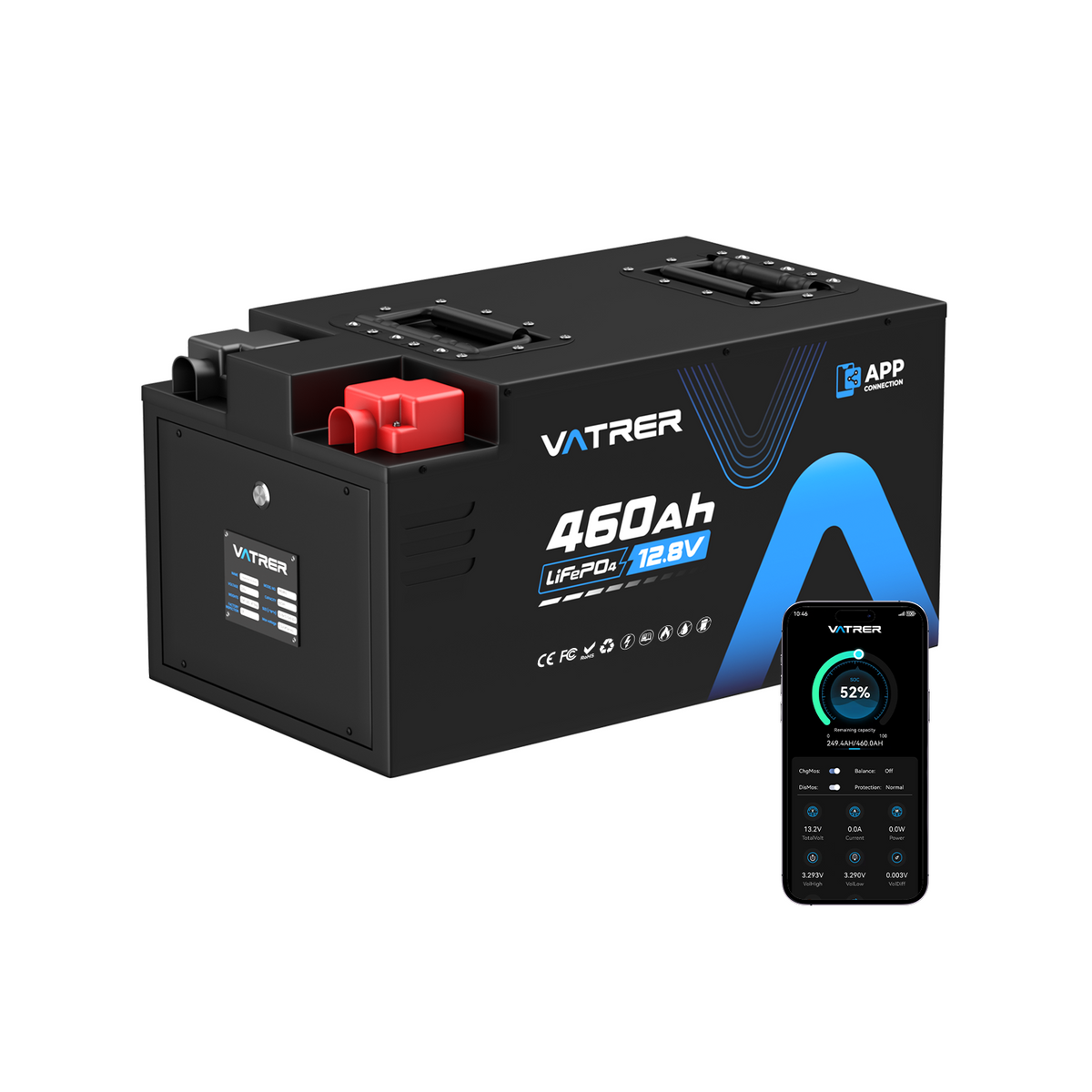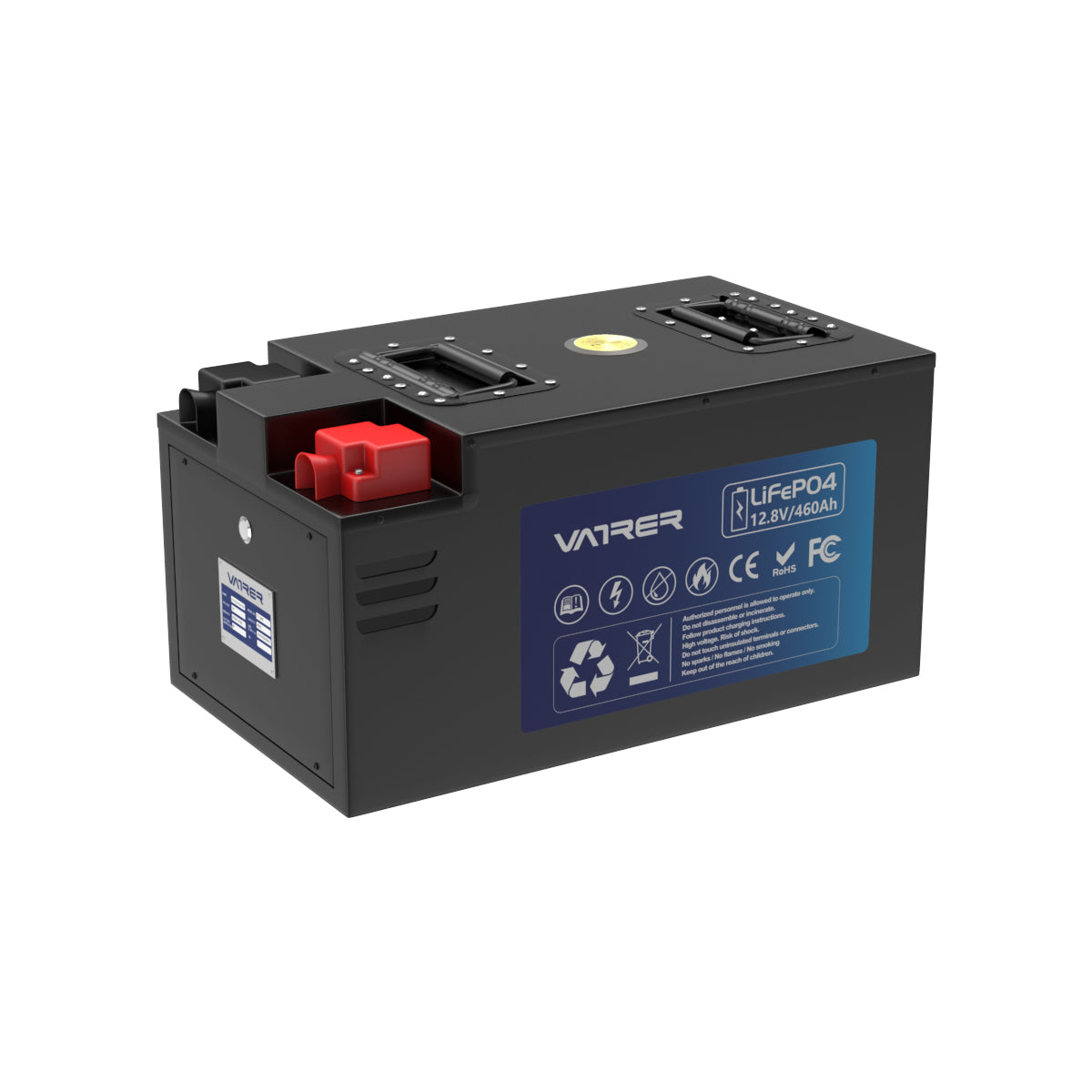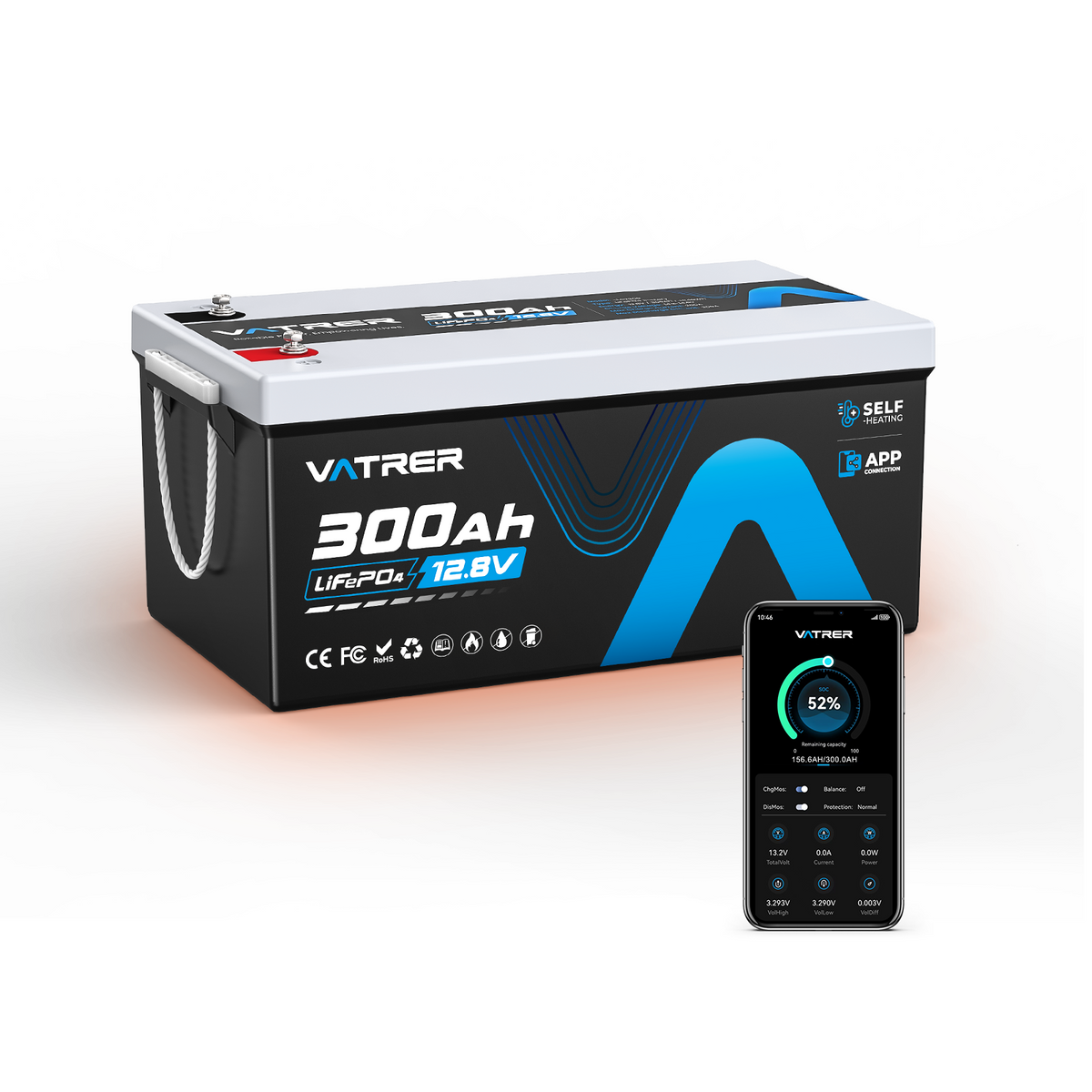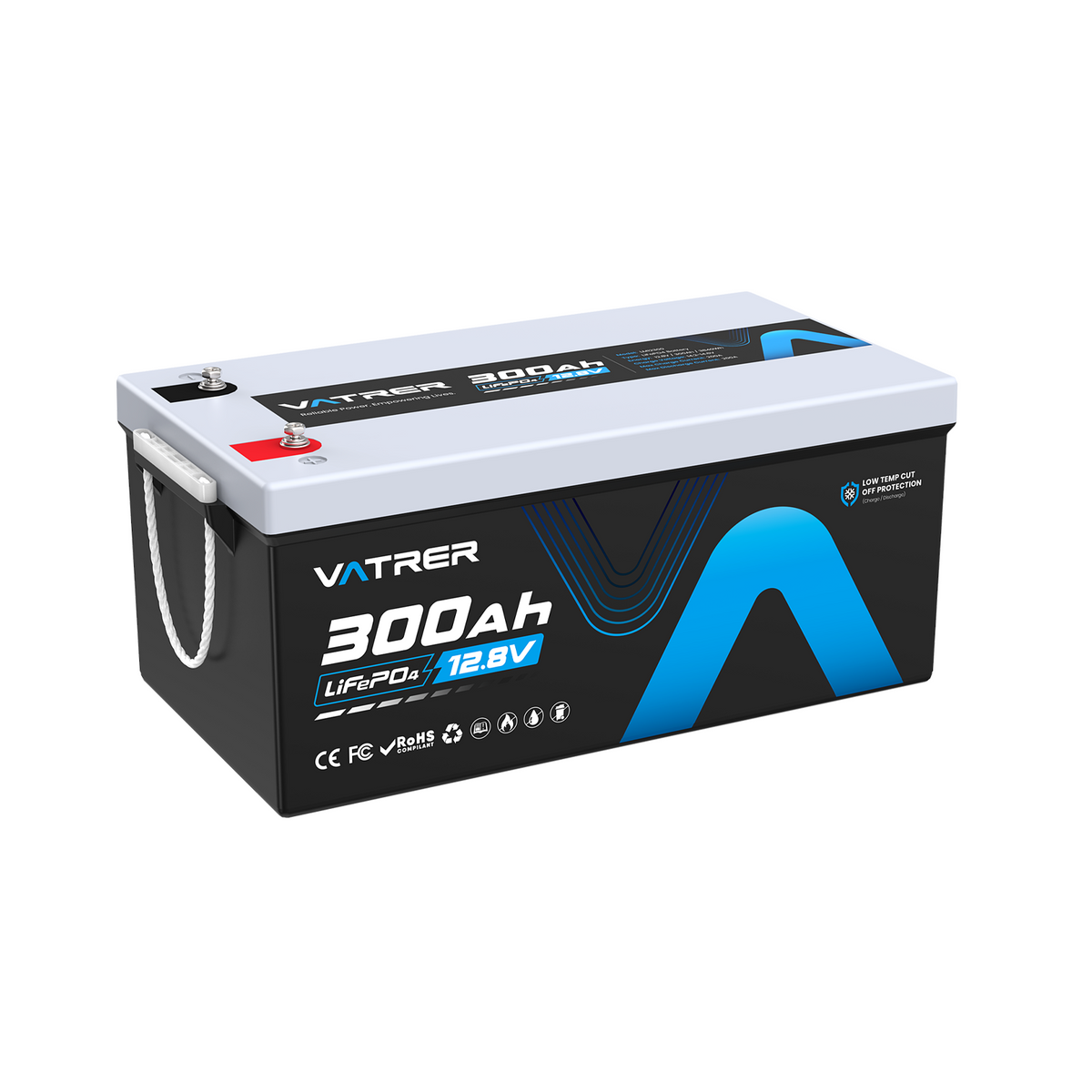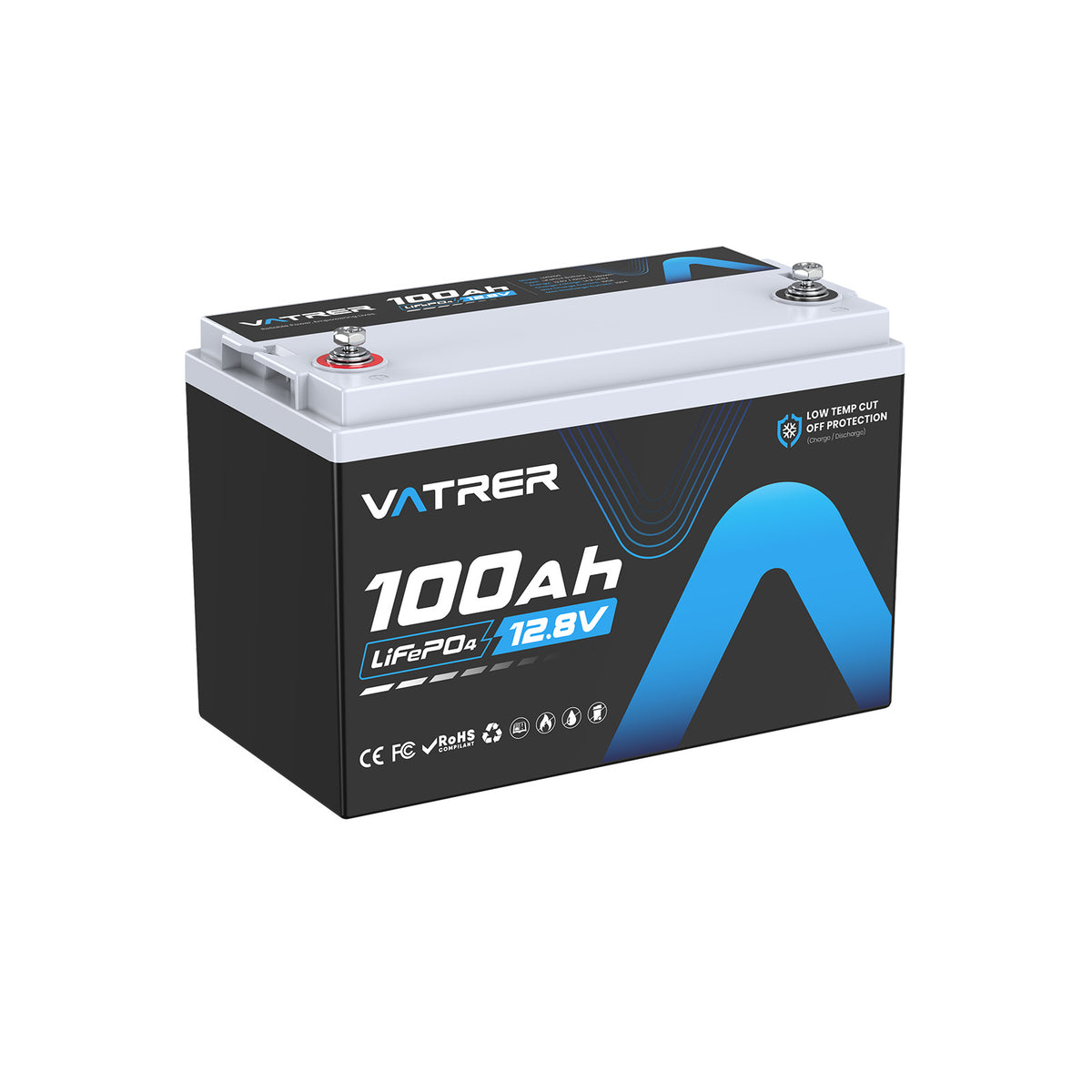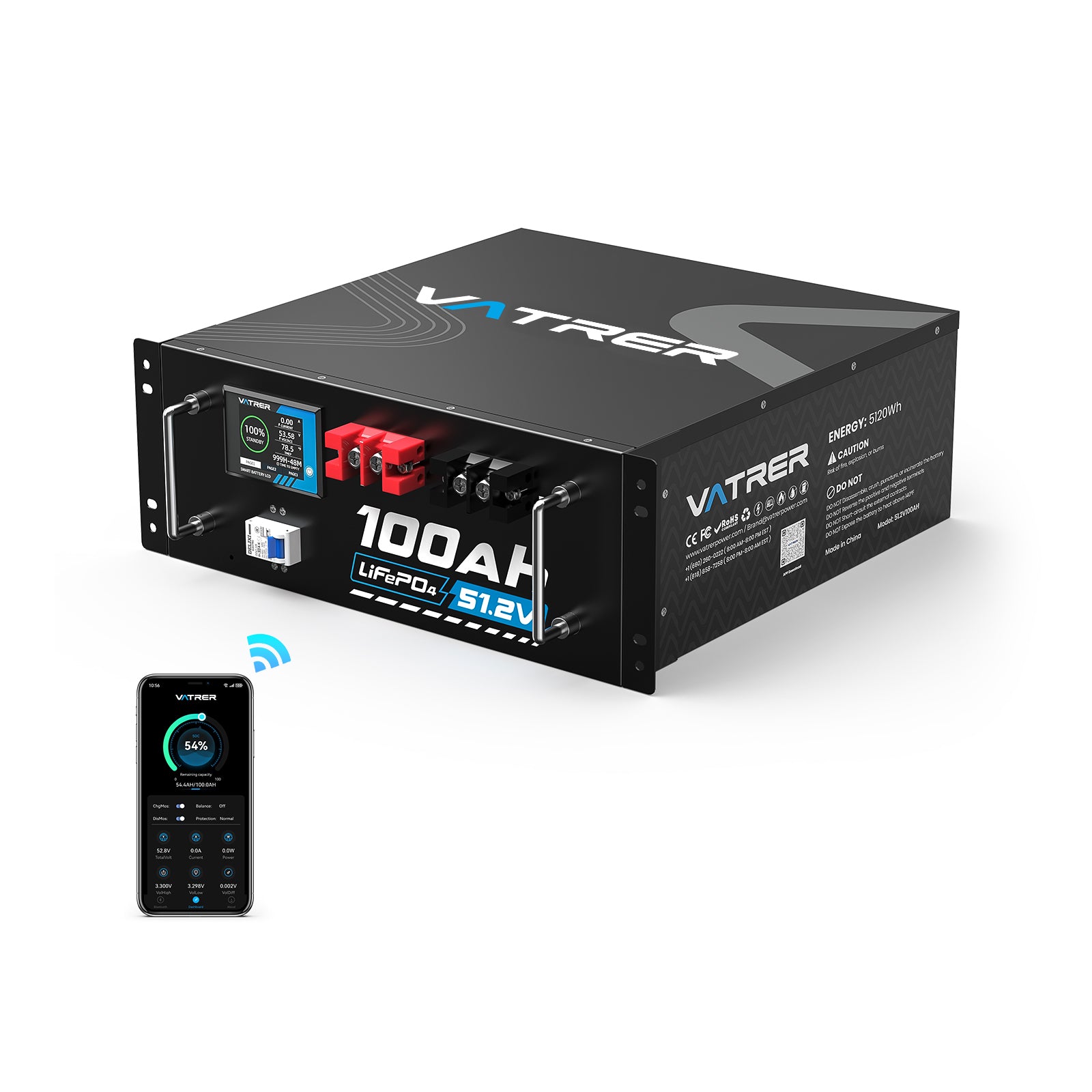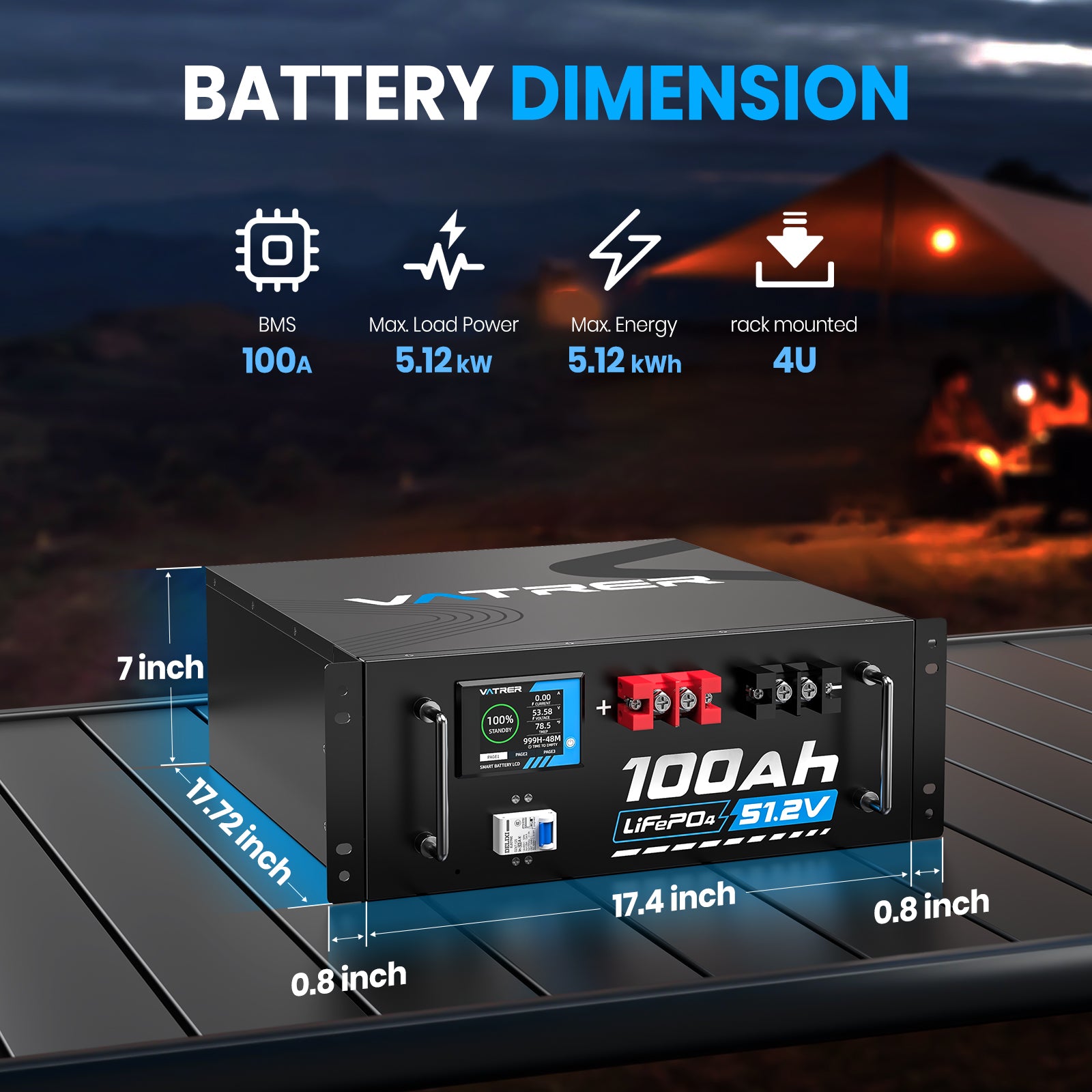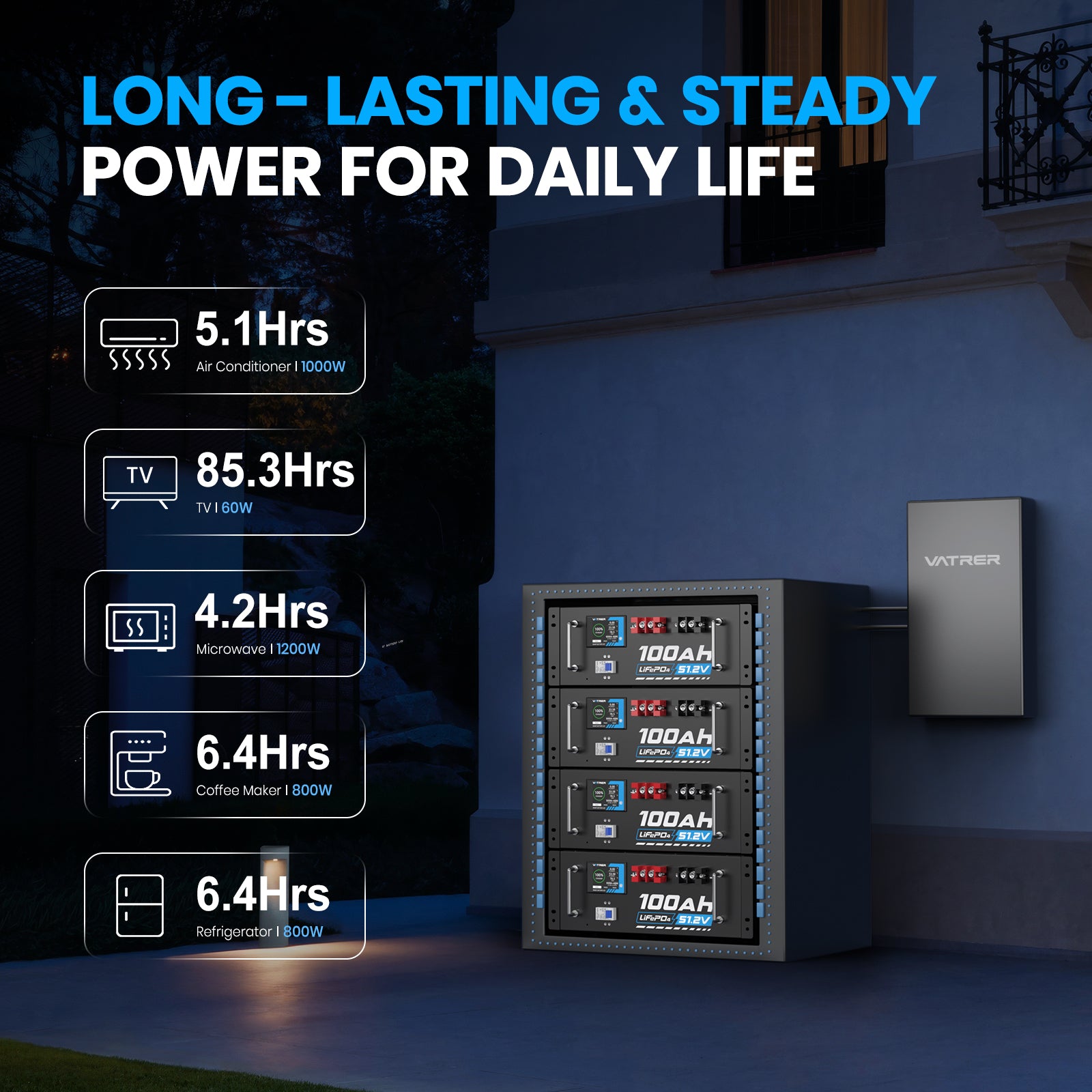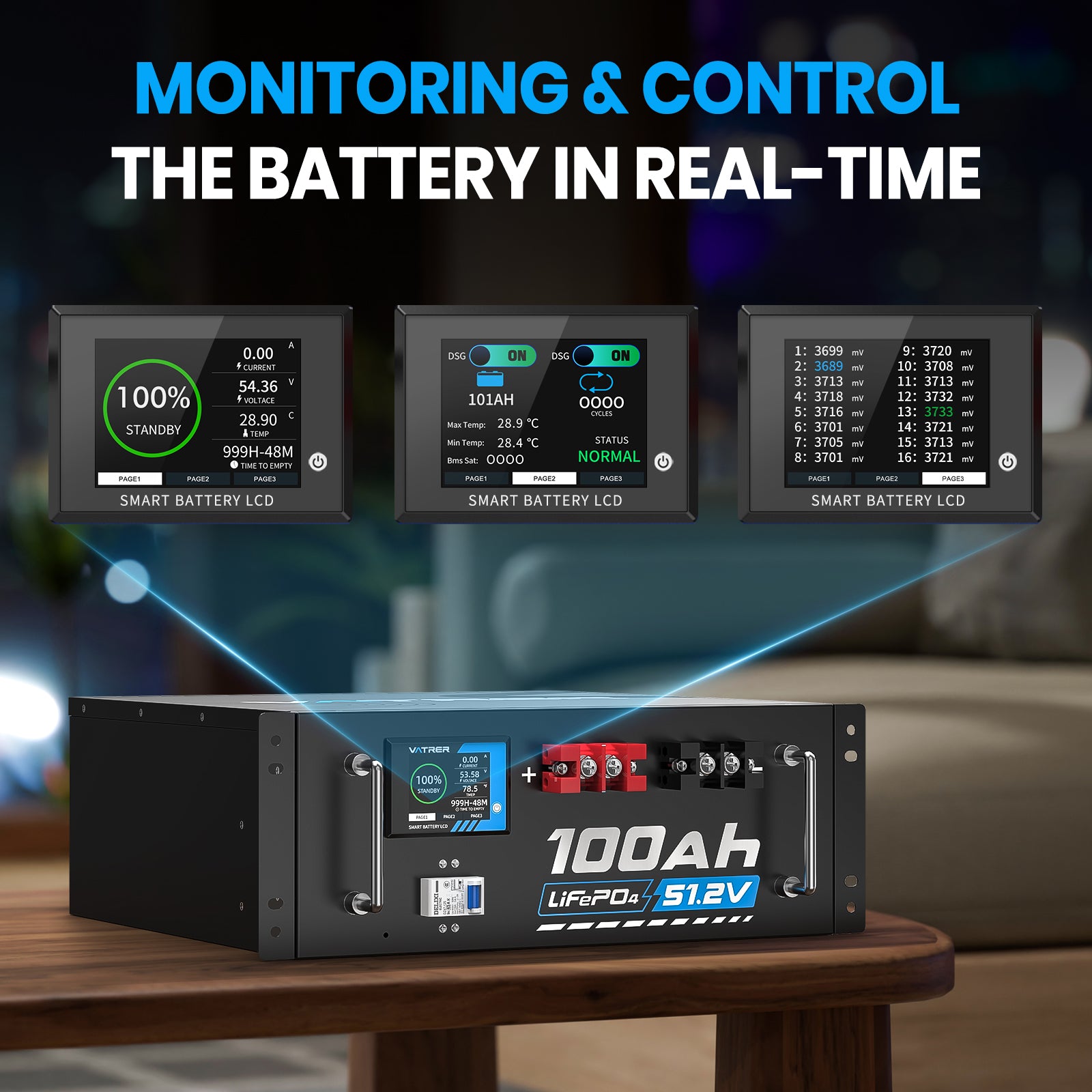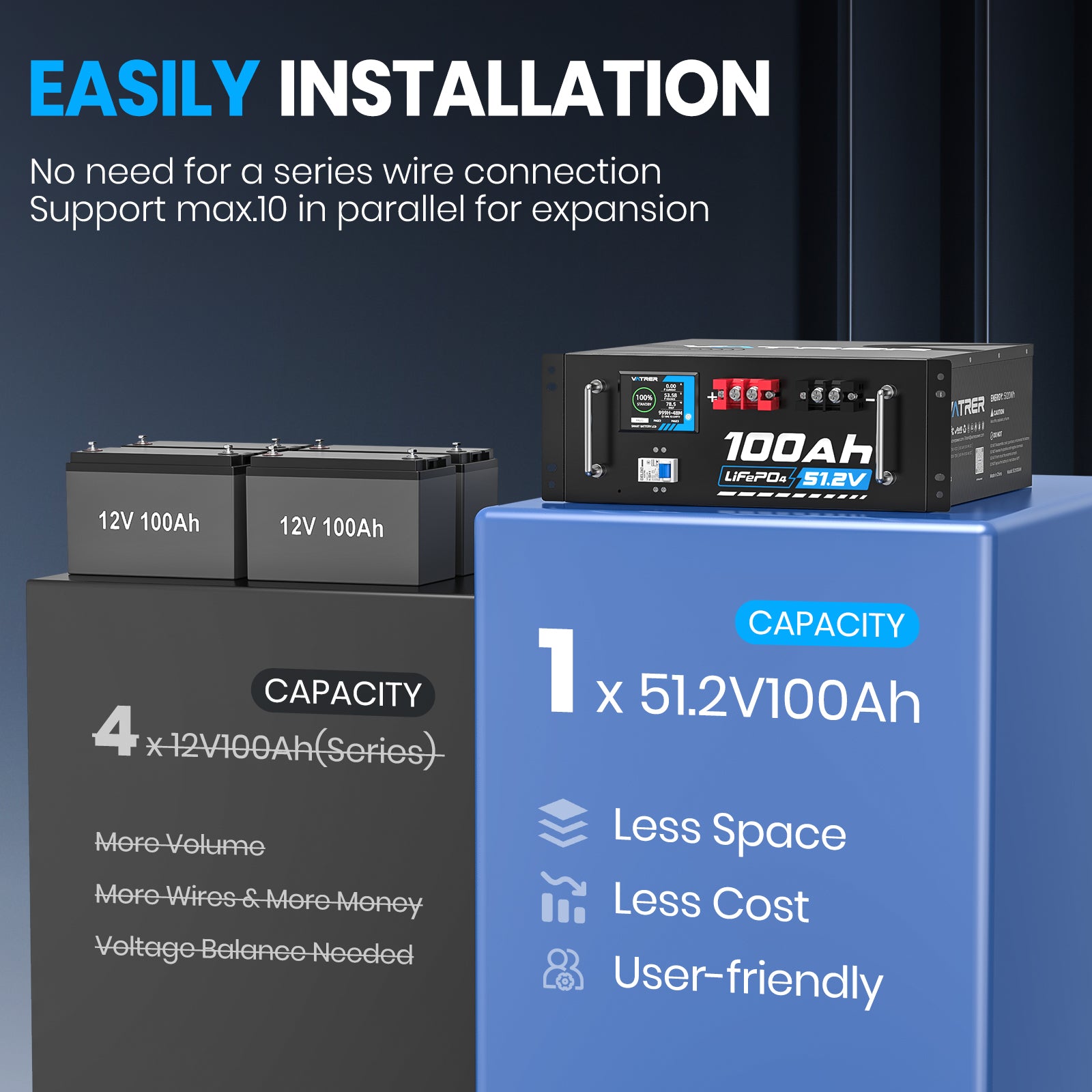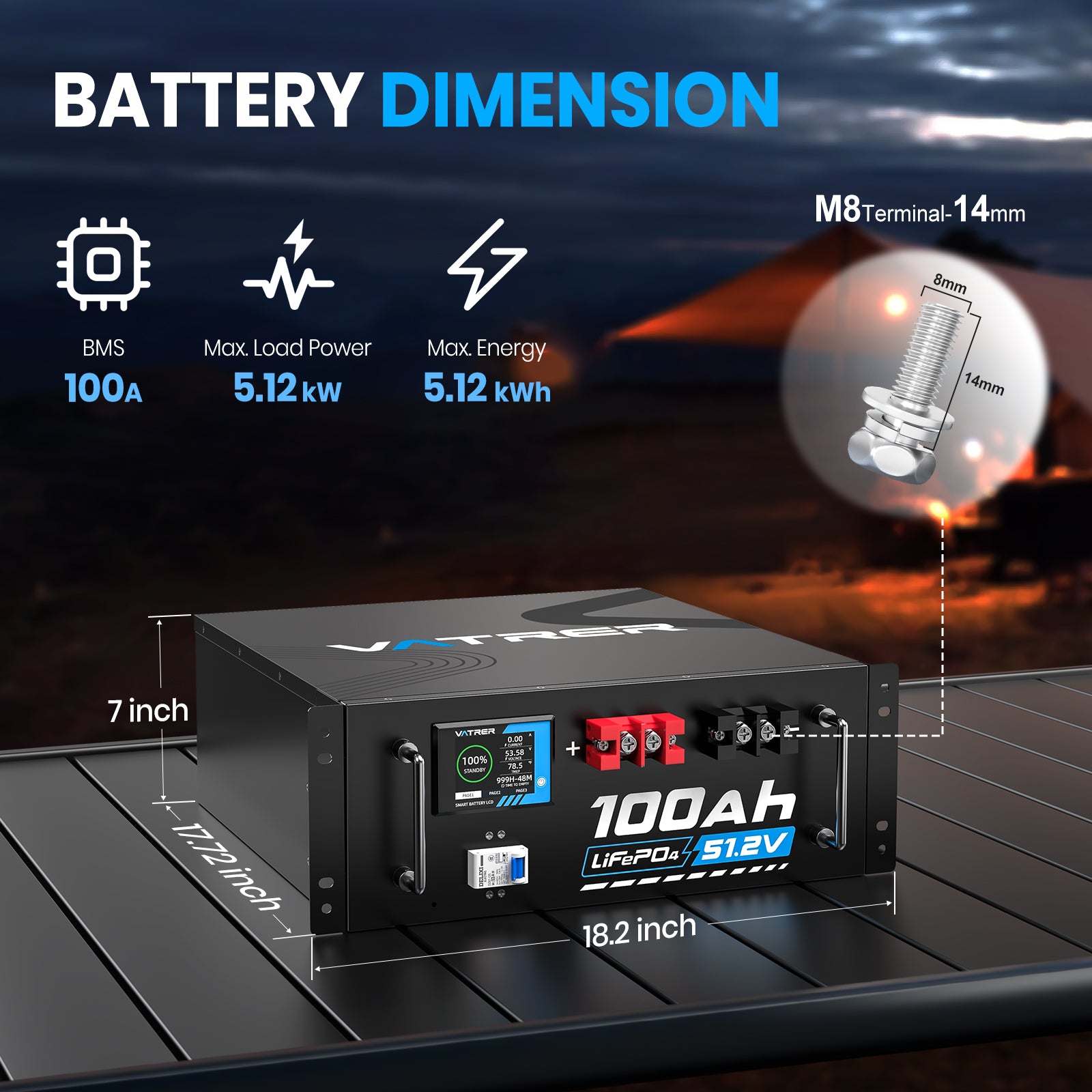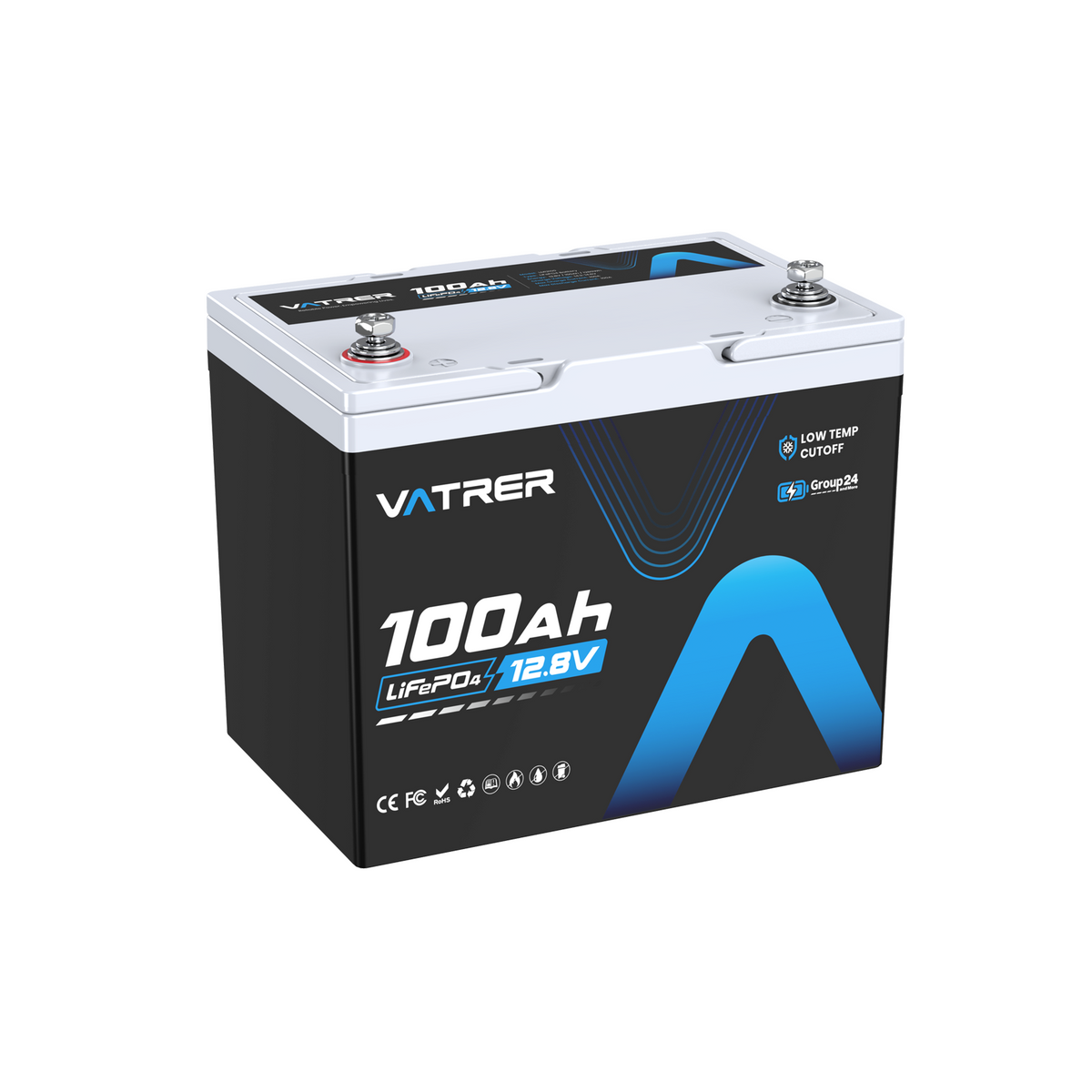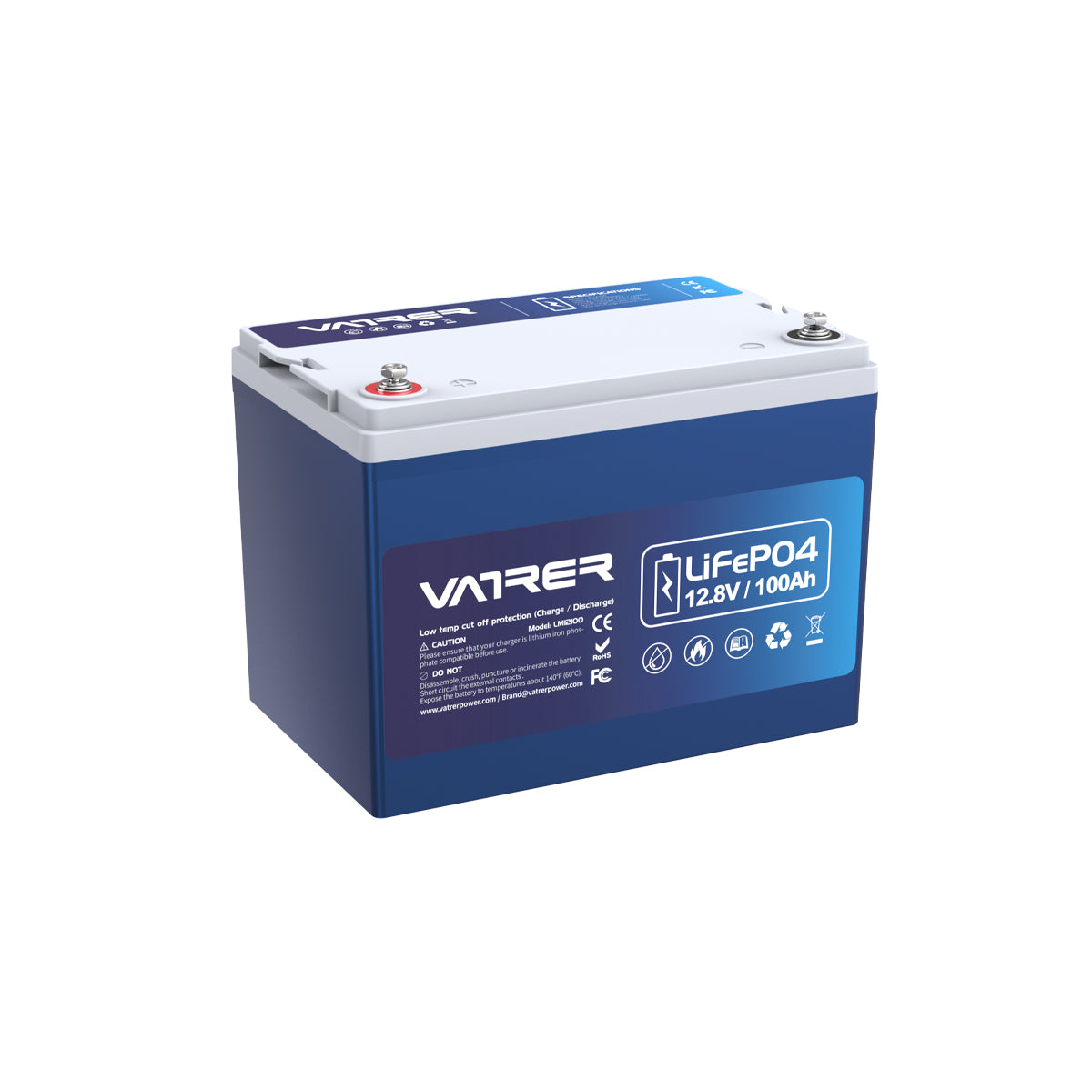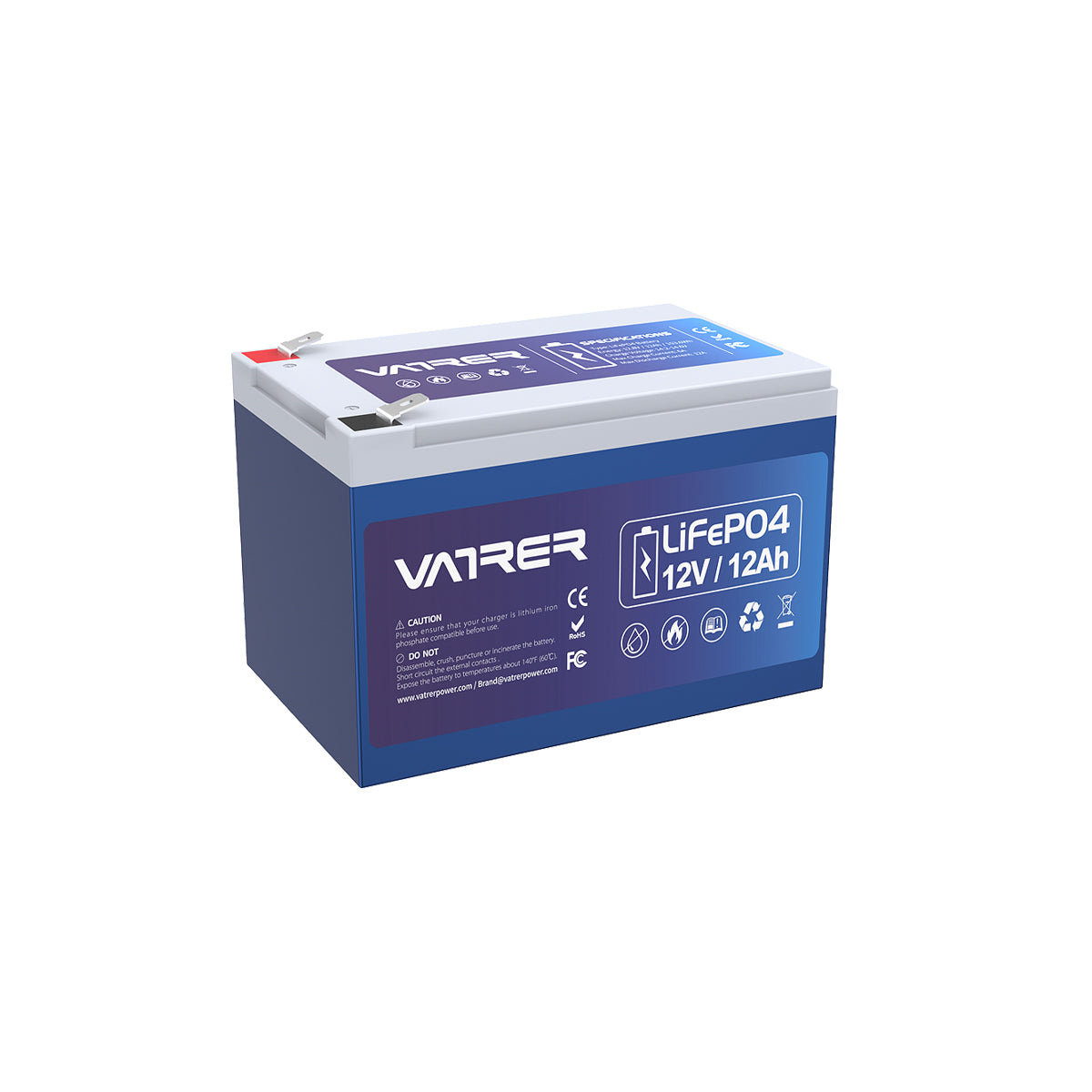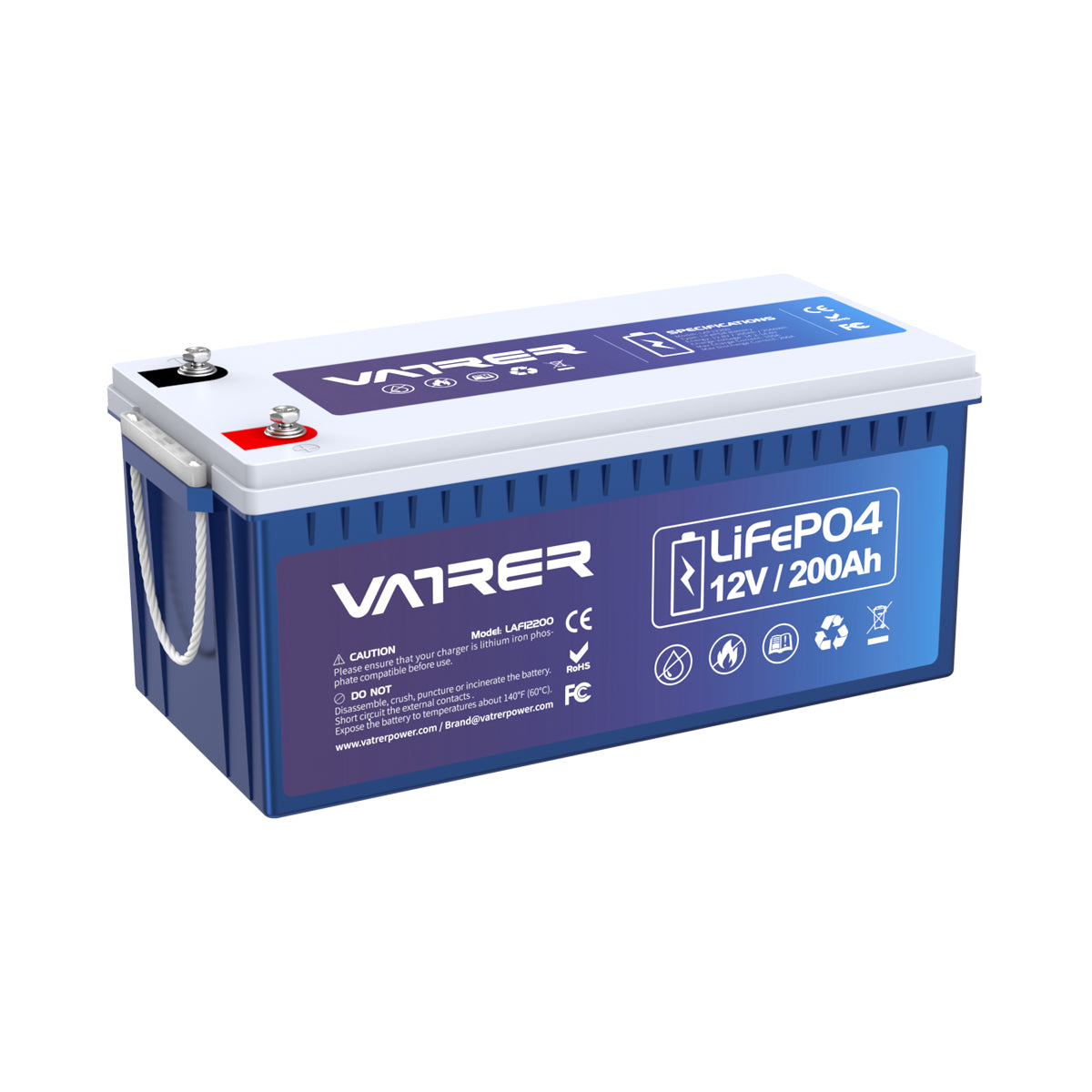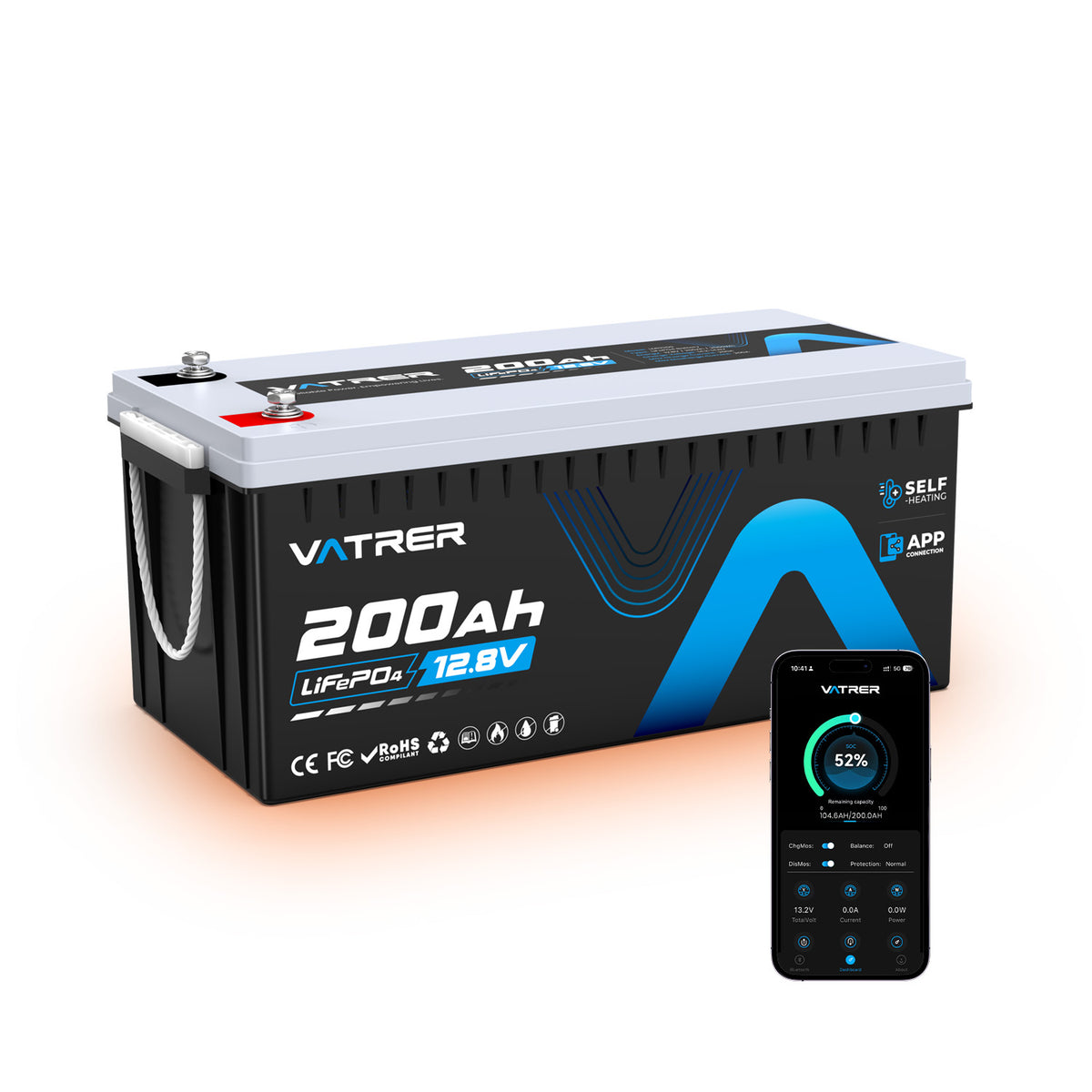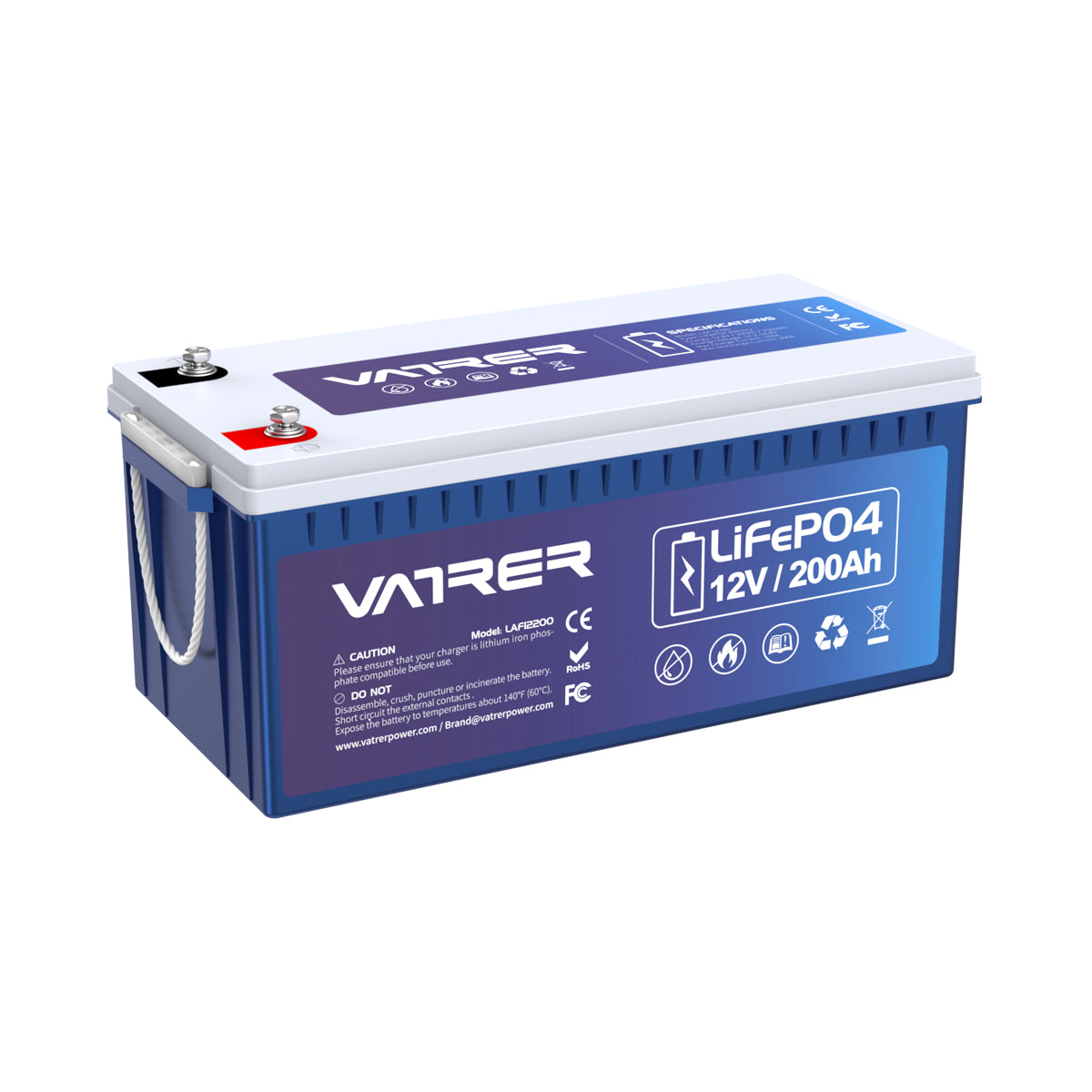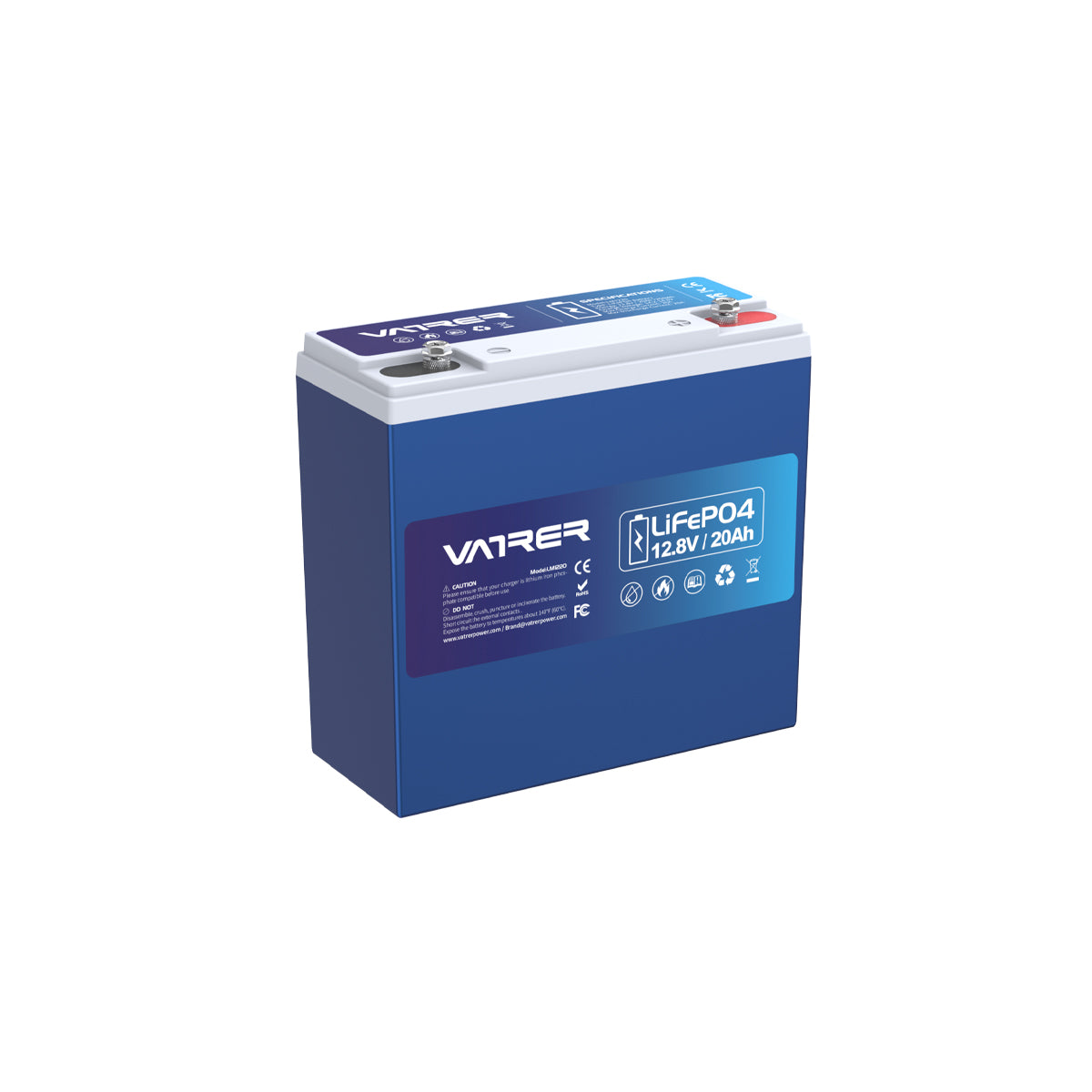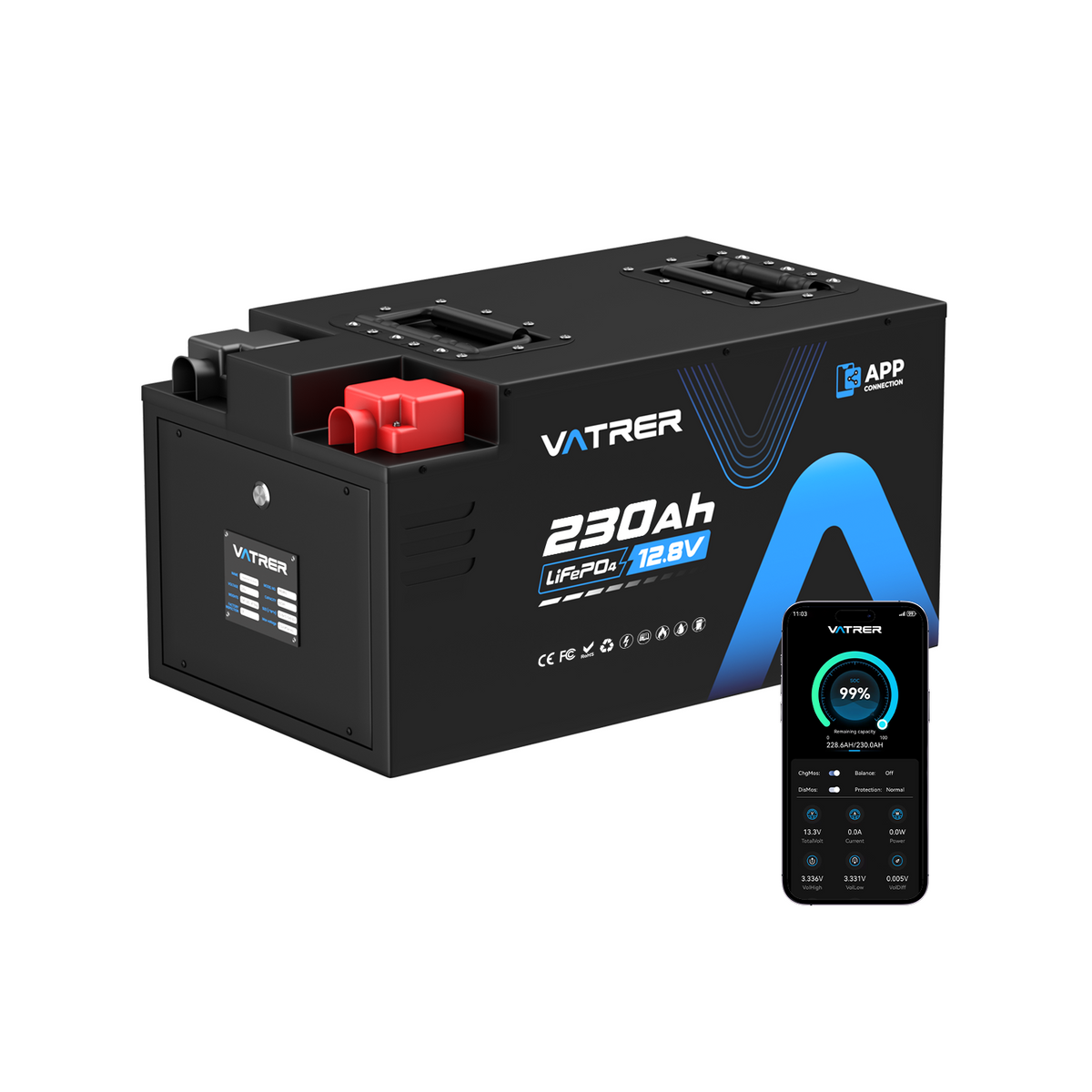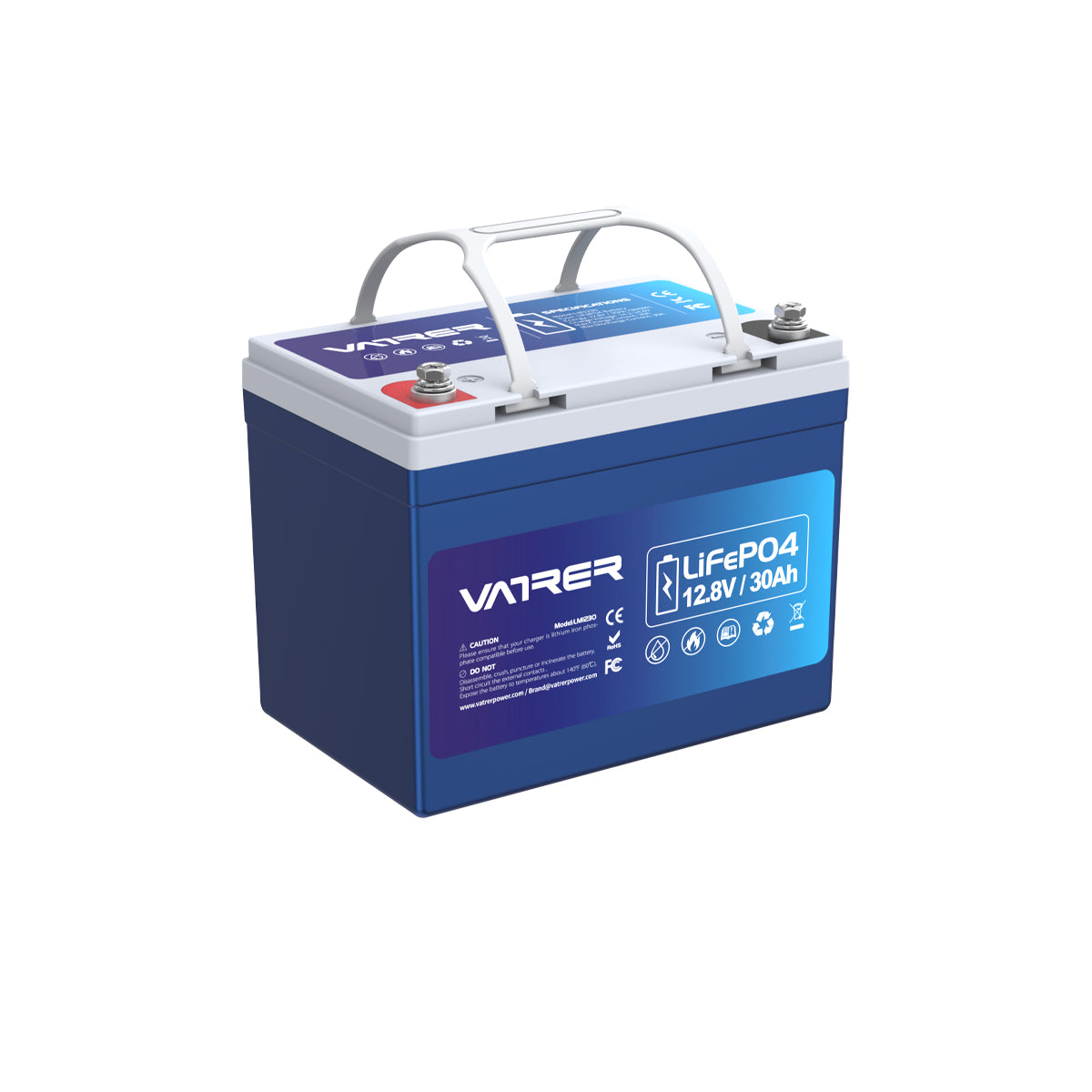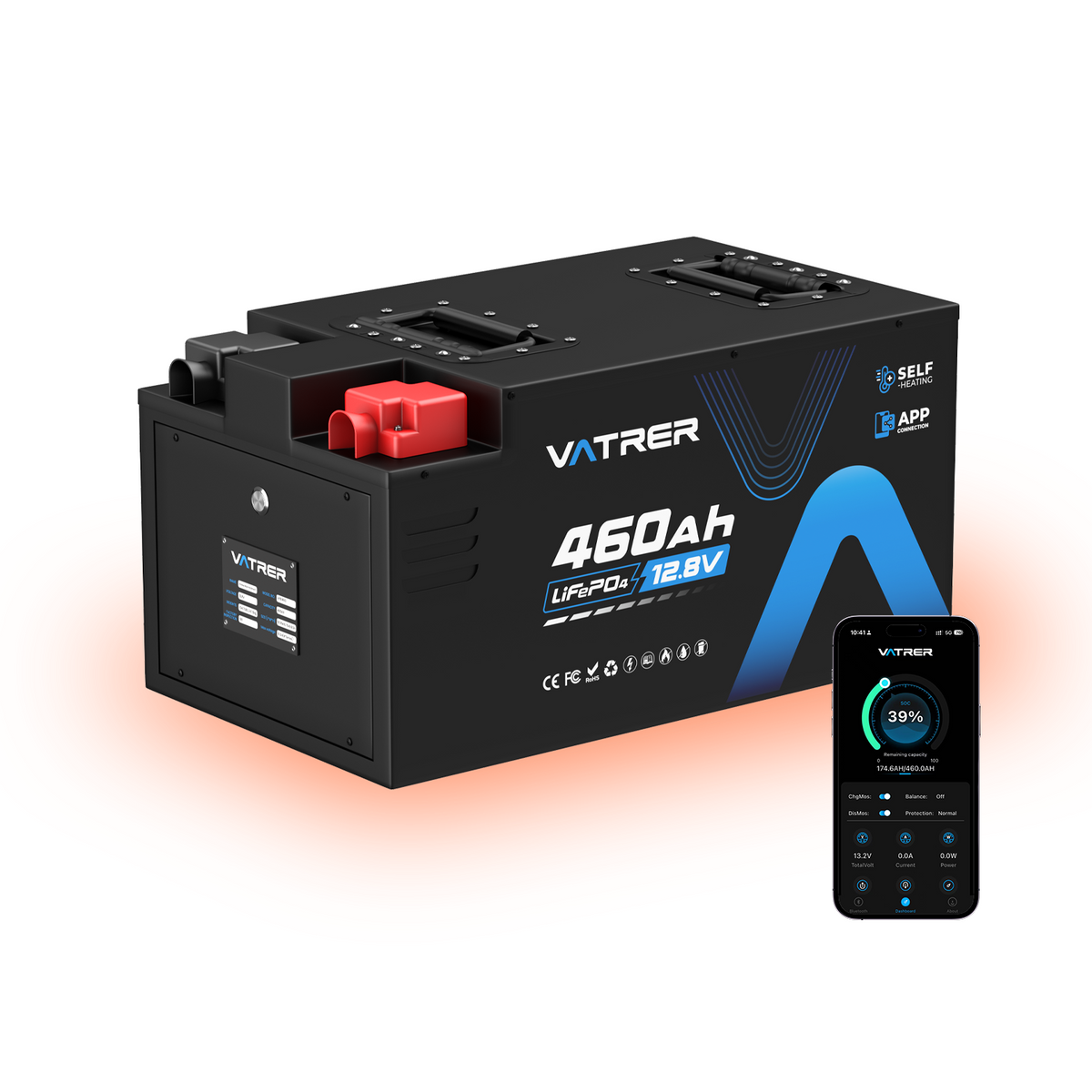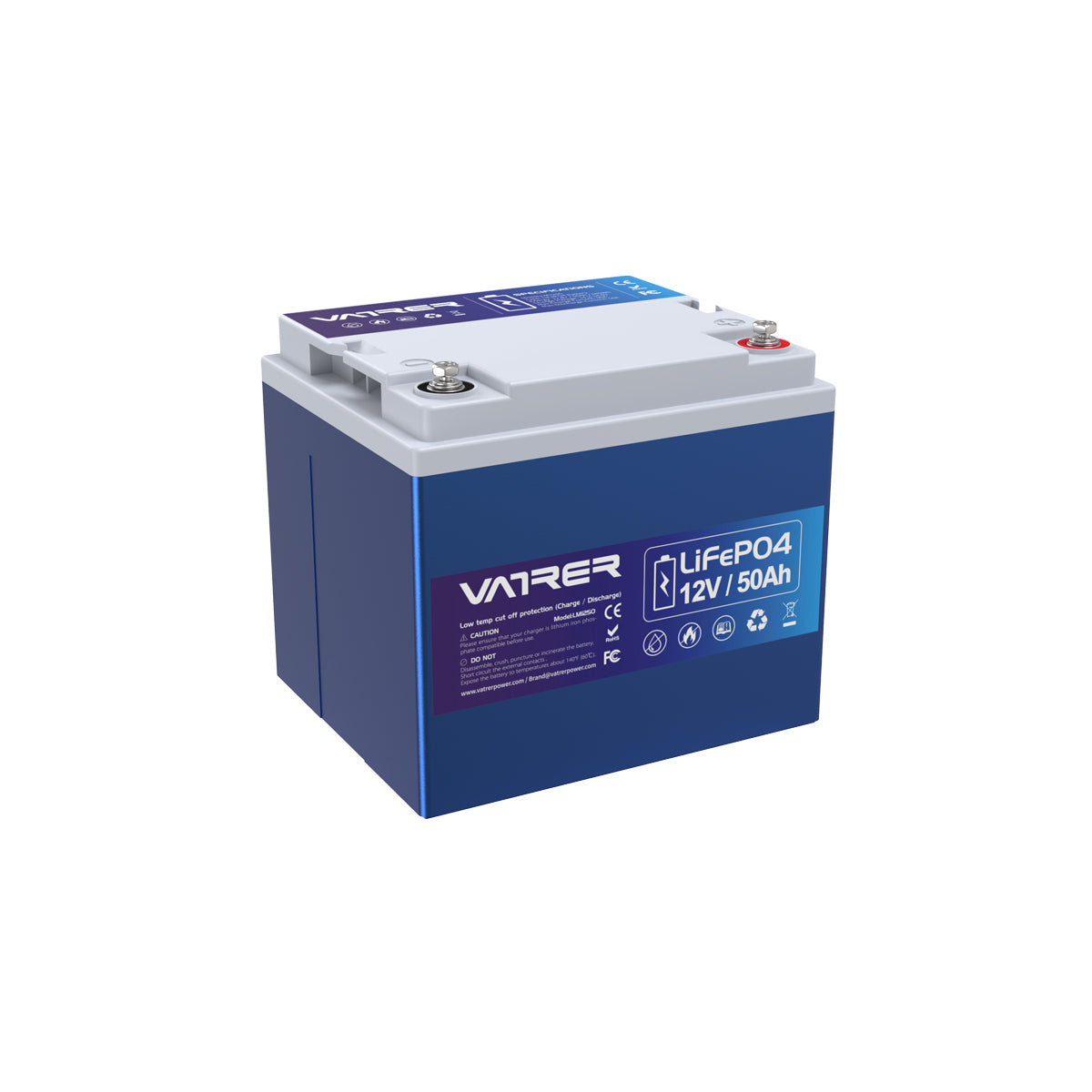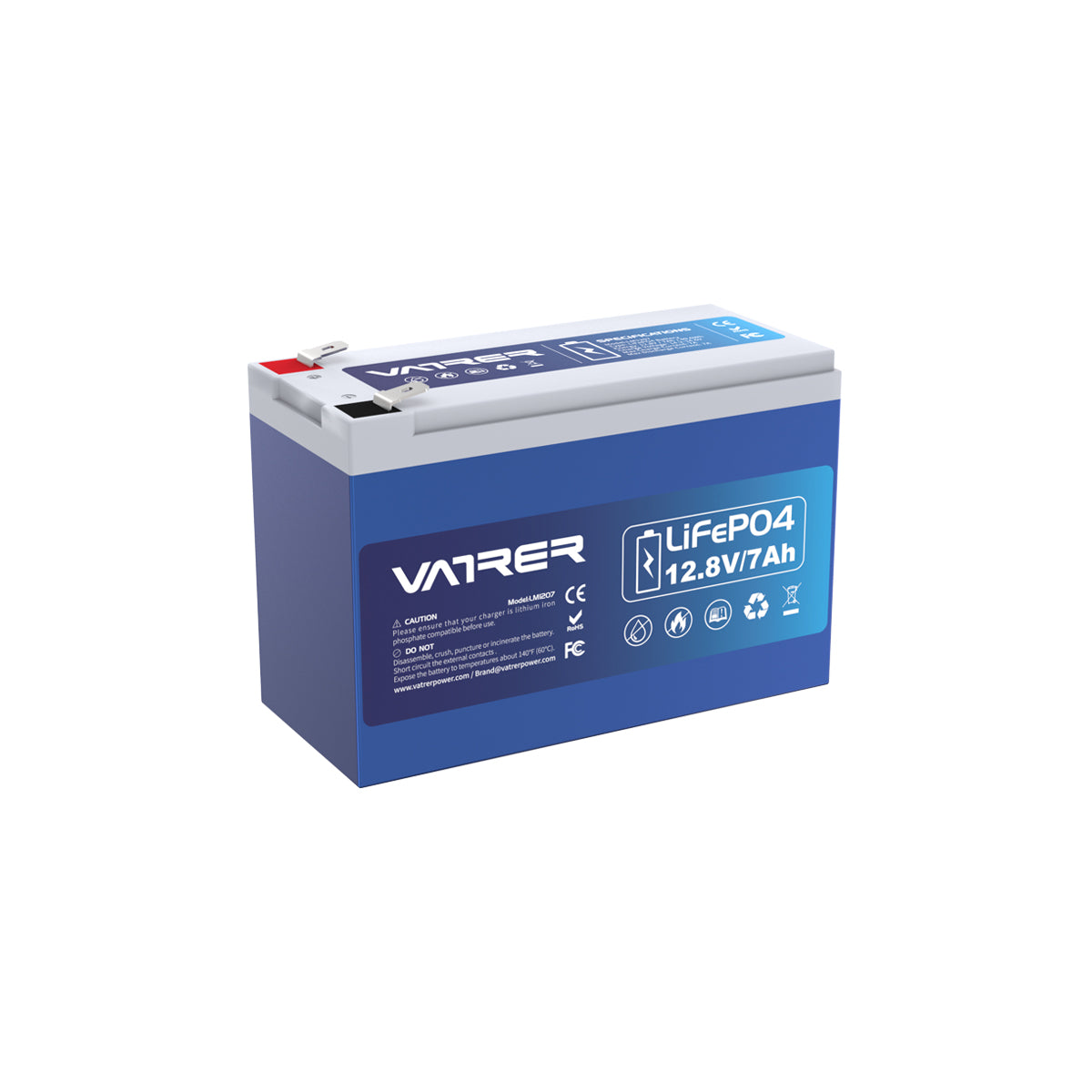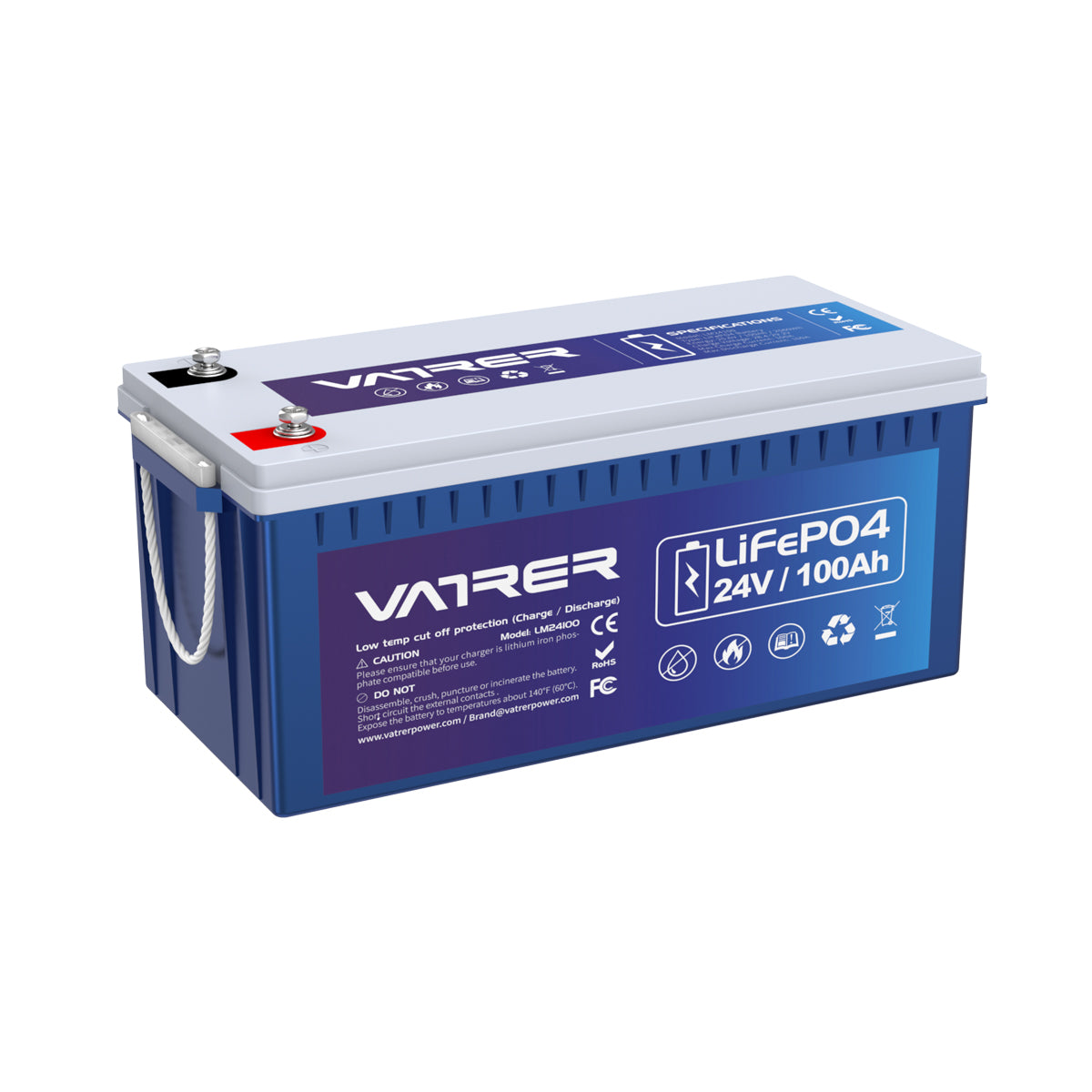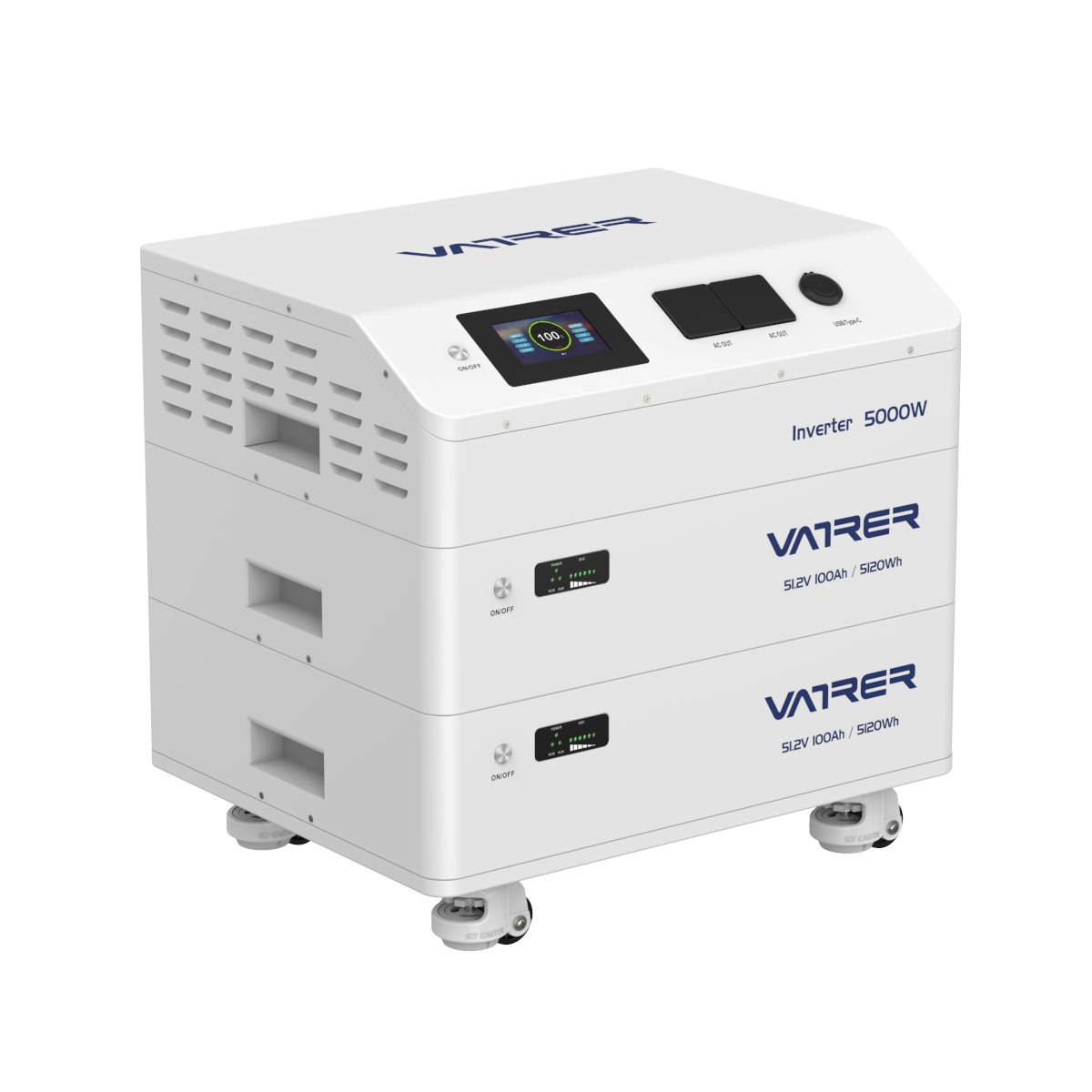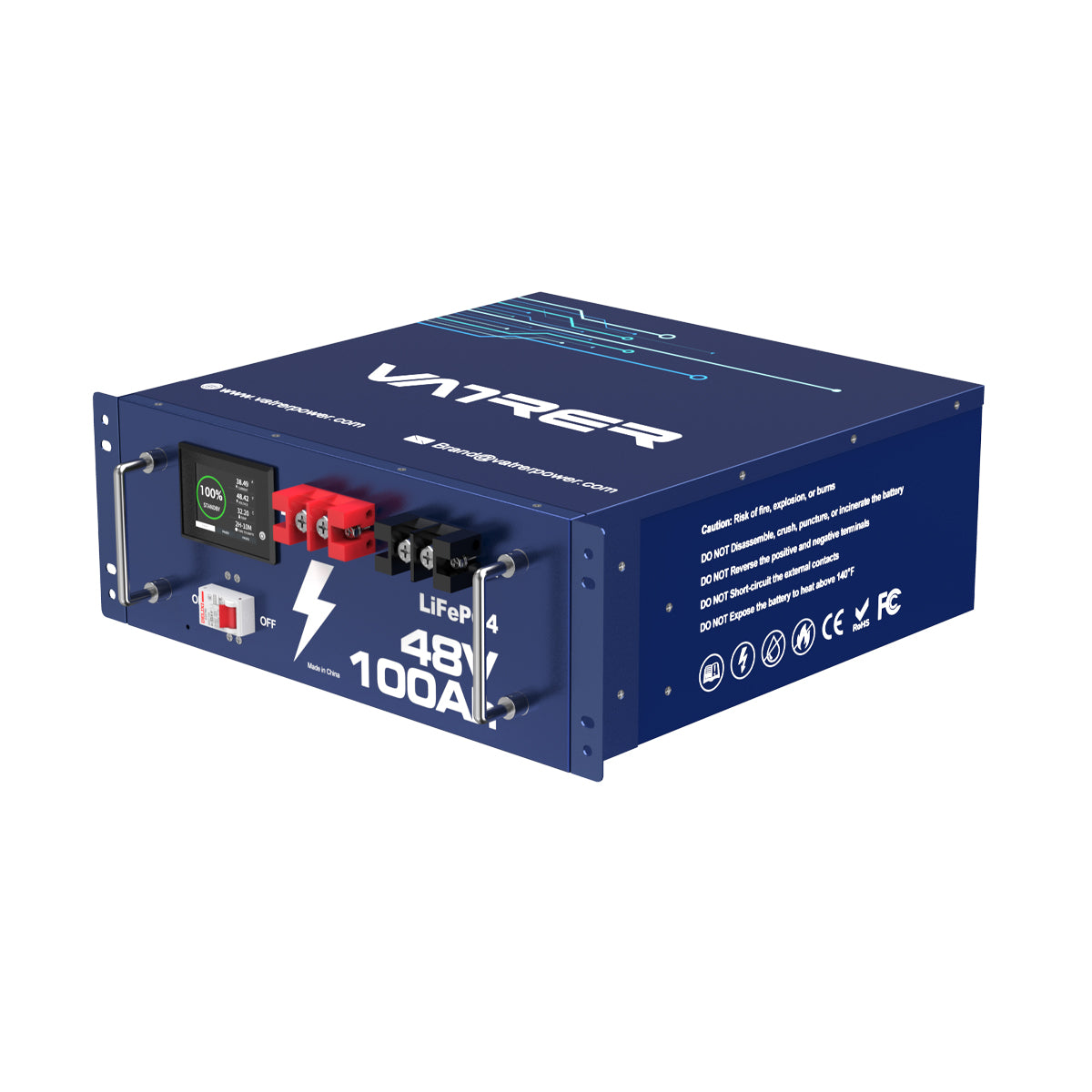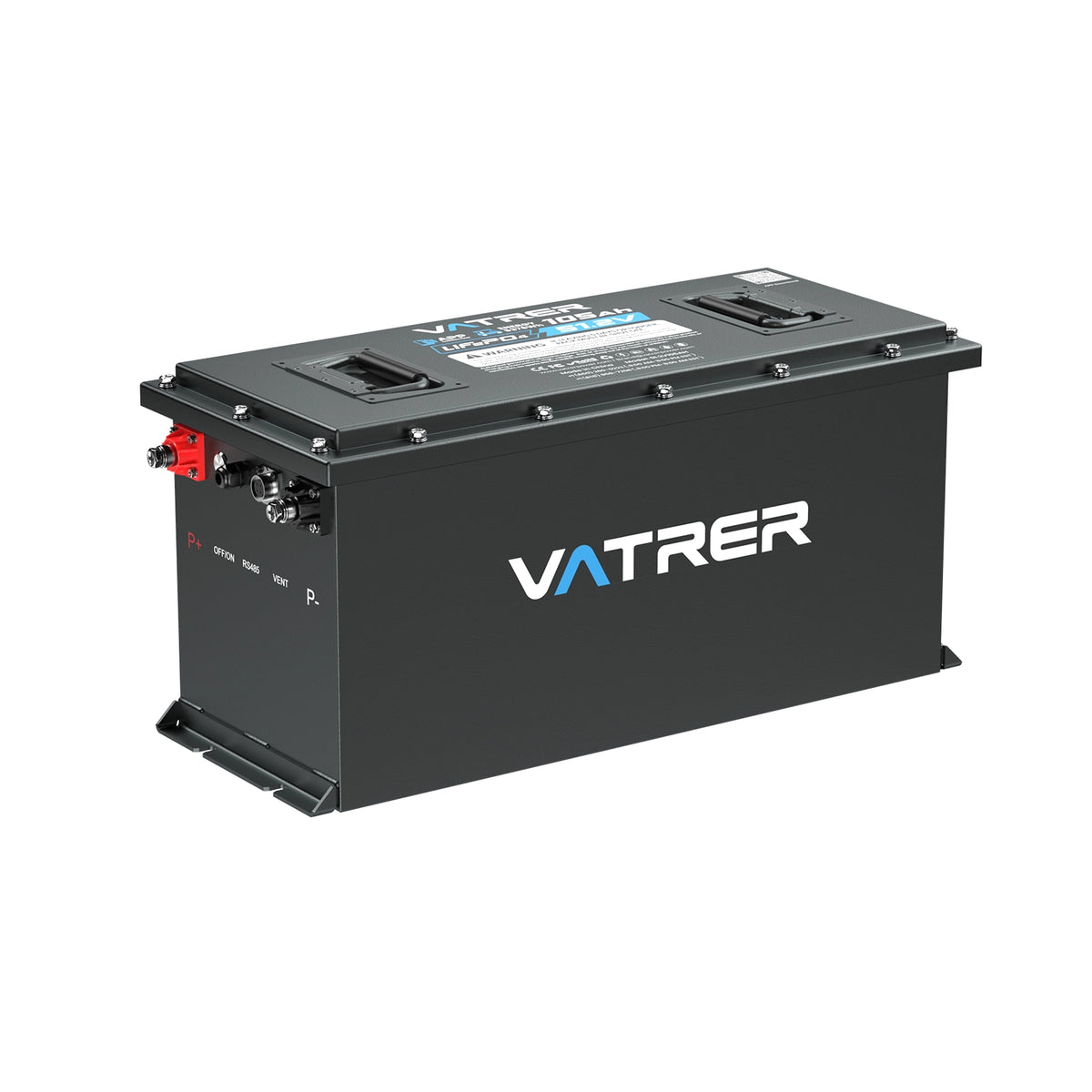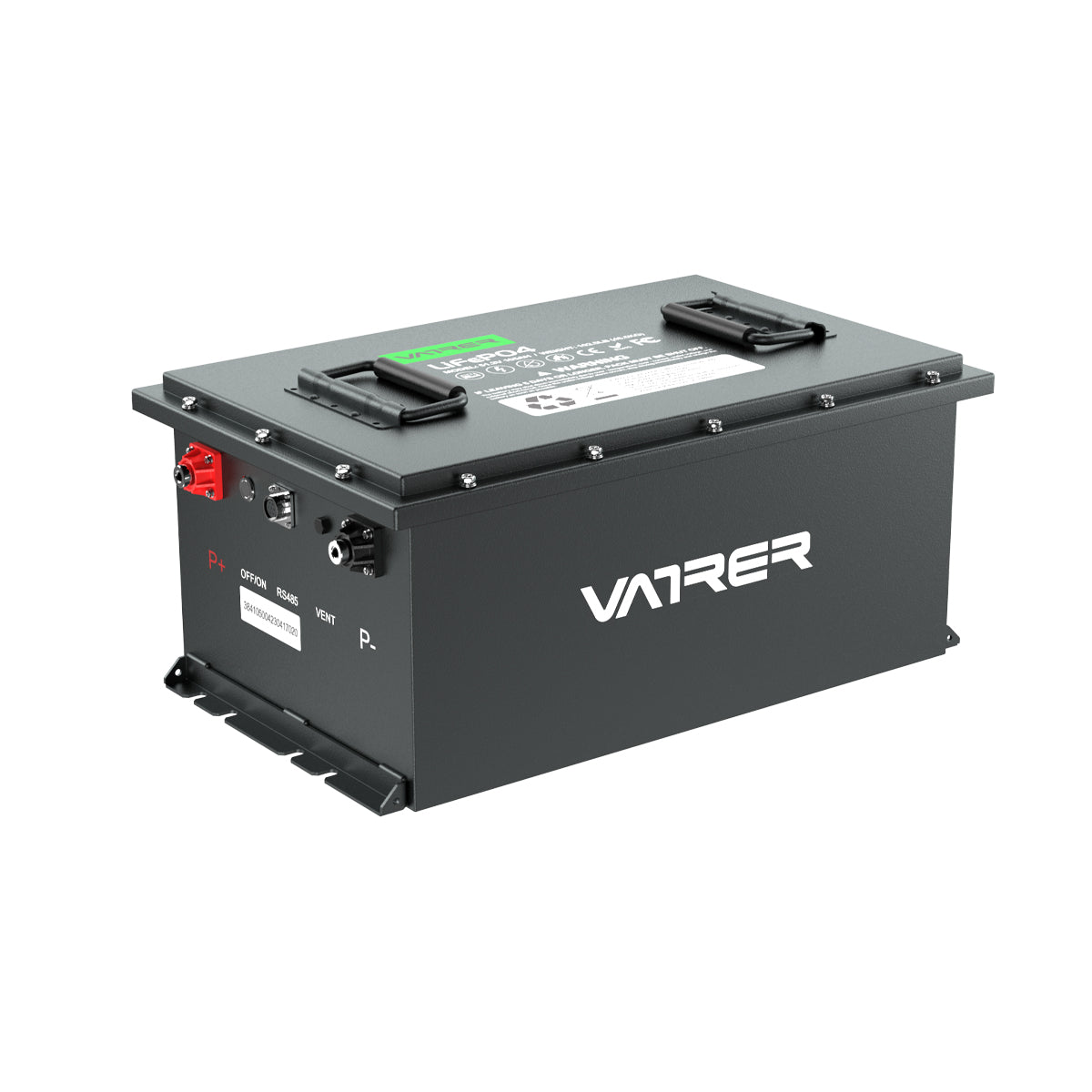Introduction
In our quest for a greener and more sustainable future, embracing solar power is a significant step. To harness the full potential of solar energy, building a battery bank is essential. In this article, we will explore the process of DIY-ing a solar power system battery bank, using the Vatrer 51.2V 100Ah LiFePO4 Lithium Solar Battery as an exemplary solution. This remarkable battery offers exceptional capacity and utilization capabilities, making it an ideal choice for your solar energy storage needs.
Understanding the Vatrer 51.2V 100Ah LiFePO4 Lithium Solar Battery
The Vatrer 51.2V 100Ah LiFePO4 Lithium Solar Battery stands out as an exceptional power solution. With a capacity of 51.2kWh, it offers substantial energy storage capabilities. Additionally, its maximum load power of 51.2kW enables it to handle high-power appliances or devices. The battery's ability to support up to 10pcs in parallel connections allows for increased capacity and redundancy.

Assessing Your Energy Needs
Before building your battery bank, it is crucial to assess your energy requirements. Consider the average daily energy consumption of your household or system and determine the desired backup capacity. This assessment will help to determine the number of Vatrer 51.2V 100Ah LiFePO4 Lithium Solar Batteries needed for your setup.
Sizing and Configuring the Battery Bank
To calculate the required number of batteries, divide the total desired capacity by the capacity of each Vatrer 51.2V 100Ah LiFePO4 Lithium Solar Battery. For example, if you require a backup capacity of 100kWh, you would need two of these batteries (100kWh ÷ 51.2kWh = 1.95, rounded up to 2).

Additionally, consider the physical dimensions of the batteries to ensure they can fit comfortably in the designated space.
Its physical dimensions of 448x460x177mm (17.63x18.11x6.97 inches) should also be considered when planning the battery bank.

Connecting the Batteries
Once you have determined the number of batteries needed, connect them in parallel to increase the overall capacity. Ensure that the positive terminal of one battery is connected to the positive terminal of the next, and likewise for the negative terminals. This parallel connection allows for increased storage capacity and redundancy.

Safety Measures
When working with batteries, safety is paramount. Ensure that you follow proper safety guidelines, such as wearing protective equipment and working in a well-ventilated area. Take precautions to prevent short circuits, such as using appropriate connectors and insulating exposed wires.
Integration with Solar Power System
Connect your battery bank to your solar power system using appropriate charge controllers and inverters. These components regulate the charging and discharging of the batteries, ensuring optimal performance and efficiency.
Conclusion
Building a DIY solar power system battery bank using the Vatrer 51.2V 100Ah LiFePO4 Lithium Solar Battery is an excellent way to store and utilize solar energy. With its impressive capacity, load power, and parallel connection support, this battery offers unmatched energy storage capabilities. By following the steps outlined in this article and prioritizing safety, you can create a reliable and sustainable energy solution for a brighter future.







